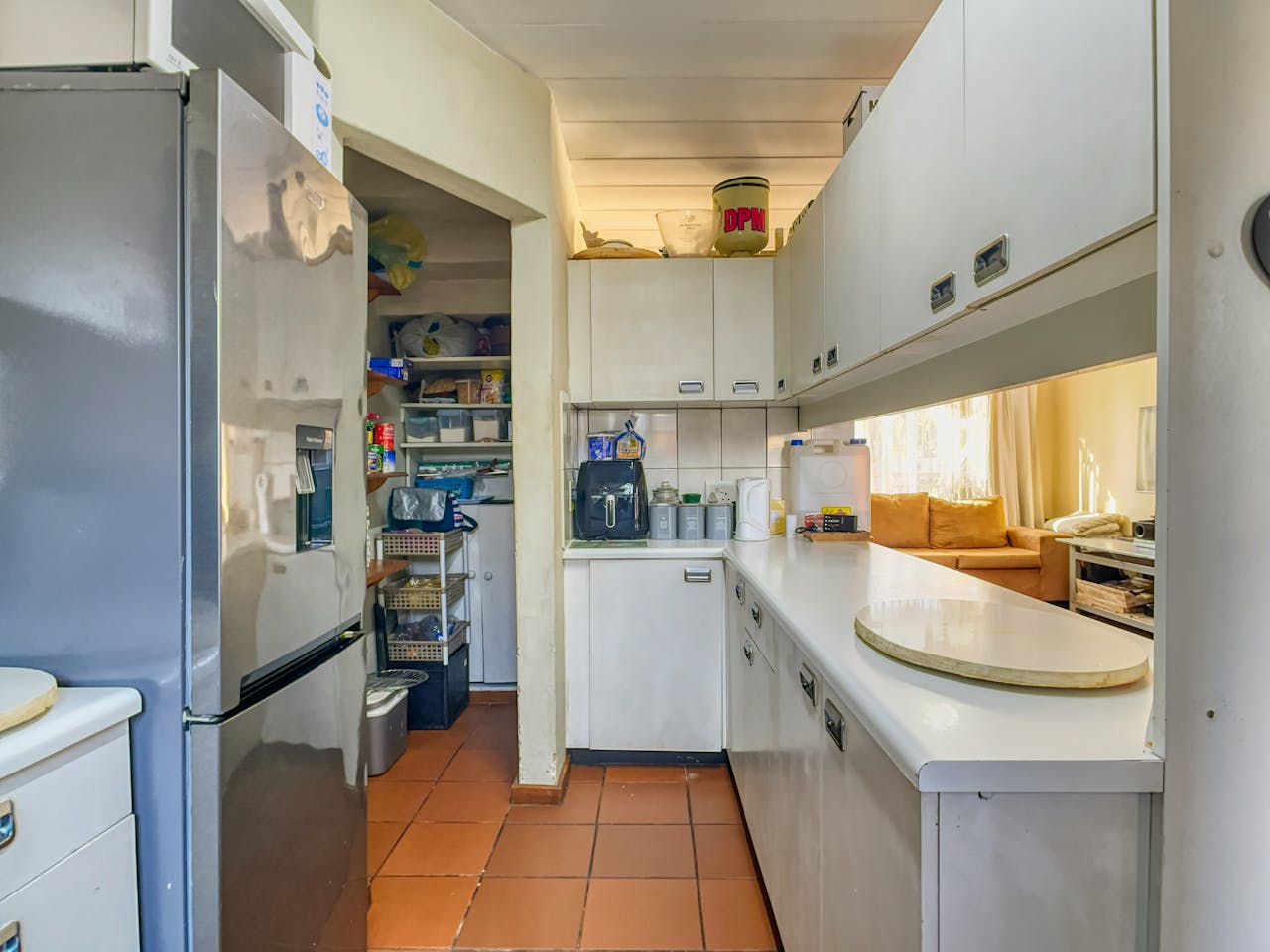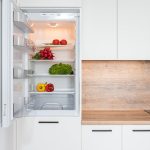The kitchen is arguably the heart of your home, and an organized pantry can be the backbone of a well-functioning kitchen. Whether you have a small cabinet serving as your pantry, or a dedicated room for storing food, it’s important to keep this space organized for the smooth running of your home. Here, we’ll explore best strategies for organizing your pantry in a manner that will maximize storage, make your pantry items easily accessible, and keep your kitchen looking neat and tidy.
1. Assess Your Space and Needs
Before tackling the organization of your pantry, it’s crucial to take time to assess the space and your needs. This involves identifying the size of your pantry and understanding which items you need to store there. The objective is to take a good look at your space and decide what will work best for your family’s dietary habits, cooking style, and purchasing patterns.
Also read : How to select eco-friendly kitchen materials without compromising quality?
Start by emptying your pantry, then take a detailed inventory of the items. This will help you judge how much space each type of item will require. Make a list of what you have, noting each item’s size and quantity. This initial assessment will be your roadmap to creating an organized pantry that caters to your specific needs.
2. Use Shelves Wisely
Shelves form the core structure of your pantry, and if used wisely, they can significantly increase your storage space. Not only can shelves house your food items, but they can also accommodate storage containers, kitchen tools, or bulk purchases.
Also to discover : How can you blend a kitchen seamlessly into an open living space?
Adjustable shelves are a game-changer when it comes to pantry organization. They give you the flexibility of altering the height of the shelves based on what you need to store. You can also use shelf risers to maximize the vertical space.
Remember to keep the items you use most frequently at eye level and those you use less often on higher or lower shelves. Small items could get lost on deep shelves, so consider using bins or baskets to group similar items together.
Additionally, shelves can be used to store pantry items in a systematic manner. For example, you can dedicate one shelf to baking ingredients, another to canned goods, and another to breakfast items. This system of organizing will make it easier to find what you need when you need it.
3. Take Advantage of Storage Containers
Storage containers are a pantry’s best friend. They not only make your pantry look neat and tidy, but also keep your food fresh for longer. What’s more, they can make efficient use of your space. You can stack containers to maximize vertical space and use them to store bulk purchases or loose items like pasta or rice.
When selecting containers, opt for clear ones so you can easily see what’s inside without having to open them. Choose square or rectangular containers as they use space more efficiently than round ones. Remember to label your containers to quickly identify what’s inside.
The use of storage containers also creates a uniform image in your pantry. This neatness and uniformity can be visually pleasing and provide a sense of calm when you open your pantry.
4. Create a System That Works for You
Though there are many pantry organization ideas out there, the best system is the one that works for you and your family. This could mean grouping items by type, by frequency of use, by meal type, or even by expiration date.
For example, you might create a "breakfast station" on one shelf with all the items you need for your morning routine. Or, you could keep all your baking supplies together so when it’s time to bake, you have everything you need in one place.
A well-thought-out system will make it easier to cook, easier to grocery shop, and easier to keep your pantry neat and organized in the long term.
5. Regularly Maintain Your Pantry
Once you’ve established a system for your pantry, it’s essential to maintain it. This could involve a quick weekly tidy-up or a more thorough monthly review to ensure everything is in its place and to check for items that are nearing their expiration date.
Keeping your pantry organized will not only save you time and reduce stress, but it can also prevent food waste and save you money. With a well-organized pantry, you’re less likely to buy items you already have or let food go to waste because it’s hidden at the back of a shelf.
In summary, an organized pantry can do wonders for the functionality of your kitchen. By assessing your space and needs, using shelves wisely, taking advantage of storage containers, creating a system that works for your lifestyle, and regularly maintaining your pantry, you can transform your pantry into a well-organized, efficient space that supports your cooking and eating habits.
6. Leverage Small Pantry Spaces
Space is often a premium in UK homes and having a large pantry is a luxury few can afford. However, a small pantry can be just as functional with smart organization ideas. Leveraging the small pantry space is crucial to maintain an efficient kitchen.
Begin by prioritising your pantry items. Daily use items must be within easy reach while seldom-used items can be stored higher up or at the back. Using the inside of your pantry door for storage is another great way to maximize space. You can install a paper towel holder, small wire shelves, or hooks to hang items such as aprons, grocery bags, or measuring cups.
Baskets or bins can be used to group similar items together, making it easier for you to find what you need. For instance, you can have a basket for snacks, another for baking supplies and so on. Moreover, tiered shelving can be used to store canned goods, making them easy to spot.
The container store is an excellent resource for storage containers, baskets, shelf risers, and other pantry organization tools. Remember, every bit of space counts in a small pantry. With careful planning and regular maintenance, even the smallest pantry can be a well-organised powerhouse.
(Image credit: Future Homes & Gardens)
7. Embrace a Minimalist Approach
Embracing a minimalist approach to your pantry can drastically improve its functionality and aesthetics. A minimalist pantry is all about keeping what you need and removing what you don’t. It is a perfect strategy for small pantries, but it can also be beneficial for larger pantries.
Start by decluttering. Remove items that have expired, are rarely used, or are duplicates. Try to keep only what you and your family consume regularly. This will help you maintain a clear, clean pantry and make it easier to find items when you need them.
Consider buying in bulk only if you have the space to store and if the items will be used before their expiry date. Buying in bulk can lead to clutter and waste when not managed properly.
Implement a ‘first in, first out’ system to ensure that older items are used before newer ones. This will prevent food wastage and keep your pantry fresh.
A minimalist pantry is not just about having less. It’s about efficiency, easy access, and reducing waste. It’s about creating a space that works for you and makes your life easier.
(Image credit: Future Homes & Gardens)
Conclusion
Organizing a pantry in a UK home might seem like a daunting task, but with the right strategies, it can be an enjoyable and satisfying experience. Assess your space and needs, use shelves wisely, take advantage of storage containers, leverage small pantry spaces, and embrace a minimalist approach for maximum efficiency. The key is to create a system that works for you and to maintain it regularly.
Remember that your pantry is not a static element of your kitchen. It will evolve as your needs change over time. Whether you’re dealing with a small pantry or an ample kitchen storage, these strategies will help you create a well-organized pantry that supports your cooking and eating habits. So, start organising your kitchen pantry today and reap the benefits of a clutter-free, aesthetically pleasing, and efficient space.
Advertisement Continue Reading: For more organization ideas, follow our blog.
(Published April 20, 2024)






